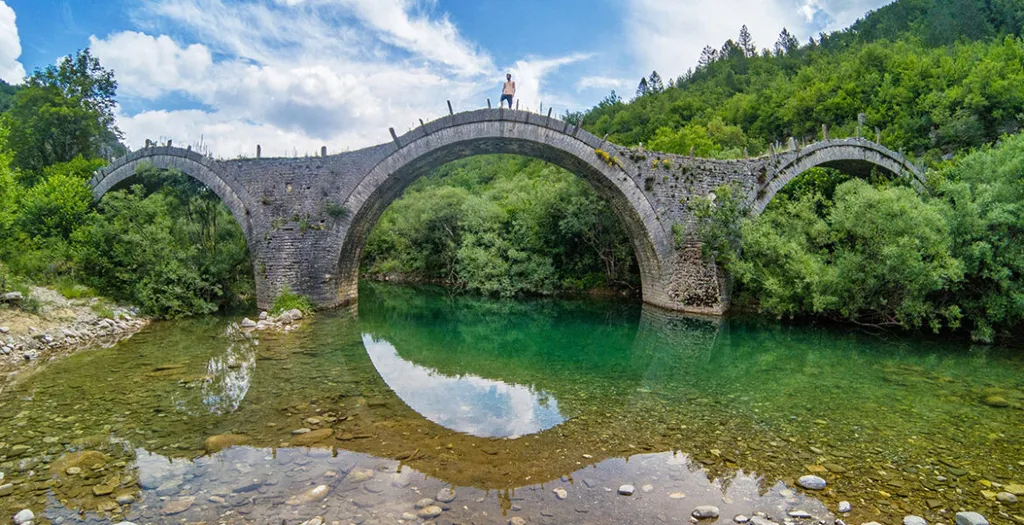In the heart of Greece’s Epirus region, a unique summer school unfolded in the summer of 2024, bringing together a diverse group of students and experts to focus on a specific yet widespread cultural heritage: the stone bridges of Pogoni. This initiative, led by A. Adami from the UNESCO Research Lab at Politecnico di Milano, Italy, aimed to train students from various backgrounds in the digitization of historical cultural heritage, with a particular emphasis on these distinctive bridges.
The stone bridges of Pogoni, dating from a broad historical period, share common characteristics such as materials, construction techniques, and locations. These features necessitate a comprehensive, interdisciplinary approach, making them an ideal subject for the summer school. The discipline of Geomatics, which focuses on measuring objects with known precision, played a central role in the training. Students with backgrounds ranging from engineering to architecture were guided by experts in digitization for cultural heritage, GIS, GNSS, and SLAM technologies.
The summer school not only provided educational growth for the students but also fostered professional exchange among the faculty. As Adami noted, “This activity was an opportunity for educational growth for the students as well as professional exchange for the faculty.” The results of the school were evident in the various deliverables, including georeferenced point clouds, drawings, orthophotos, and even master’s degree theses, all of which were collected in a dedicated spatial information system.
The implications of this research extend beyond cultural heritage documentation. In the energy sector, for instance, the precise measurement and digitization techniques honed during this summer school could be applied to infrastructure management, environmental impact assessments, and the preservation of historical energy-related sites. The interdisciplinary approach could also foster innovation in how energy companies approach their projects, integrating cultural and historical considerations into their planning and operations.
As the field of Geomatics continues to evolve, the integration of diverse backgrounds and expertise, as demonstrated in this summer school, will be crucial. The research published in ‘The International Archives of the Photogrammetry, Remote Sensing and Spatial Information Sciences’ (translated to English as ‘The International Archives of the Photogrammetry, Remote Sensing and Spatial Information Sciences’) highlights the potential for such collaborations to drive forward both academic and practical advancements. The summer school in Pogoni serves as a model for future initiatives, showcasing the benefits of interdisciplinary education and collaboration in the documentation and preservation of cultural heritage, with ripple effects across various sectors, including energy.

